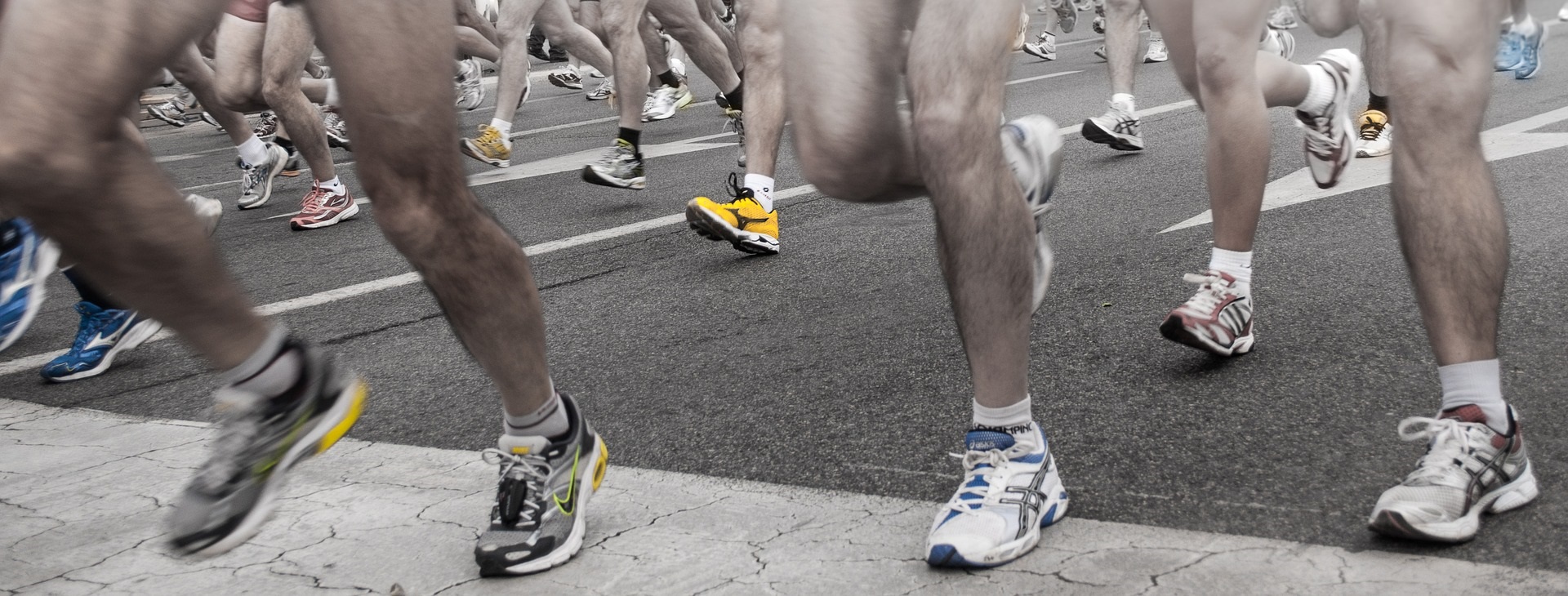
It’s the injury that almost every athlete who spends time on their feet has gotten at some point. However, many people still don’t know exactly what shin splints are and what causes them. Knowing what they are and what causes them can help prevent them in the future.
If you’re an athlete, weekend warrior, or just physically active and spend any amount of time on your feet then you’ve probably experienced one of the most common types of injuries – the shin splint. Shin splints are painful and just downright irritating if they become a chronic problem. It’s a common injury that most often plagues runners. However, it can also be a problem for anyone who does a high impact sport or utilizes the leg muscles extensively.
Despite its commonality, most people are unaware of what shin splints really are and what causes them. More often than not, when someone gets a shin splint, their priority is getting rid of the pain and then preventing it from happening again. However, without knowing the cause, you might head right back into pain during your next activity.
What Are Shin Splints?
Almost every person has experienced a shin splint before – the pain you feel along the shin bone in the front part of your lower leg. Shin splints occur during and after exercise and are extremely tender to the touch.
Medically speaking, a shin splint is actually called medial tibial stress syndrome. It’s the result of inflammation in the muscles, tendons, and tissue of your shin. This inflammation can come from a stress injury, irritation of the bone, and even a stress fracture. In other words, the majority of shin splints are caused by doing too much too soon. However, medial tibial stress syndrome can also be the result of two other factors.
Your biomechanics and how you move can lead to shin splints or make you more prone to the injury. Your foot type, how your foot lands on the ground, your physiology, and even your stride can result in shin splints.
While training intensity and biomechanics can make you more prone to shin splints, bone density can also be a contributing factor. A low bone density, which is more common in women, can increase your risk of shin splints as the shinbone is unable to handle the amount of stress caused by intense physical activity.
Shin splints are painful and miserable for any athlete. However, the good news is that they are completely preventable and controllable if you know what the particular cause is – whether it’s biomechanics, physiology, activity level, or bone density. All variables can be assessed and controlled to limit the risk of getting a shin splint.
Handpicked Content: OSR’s Overtraining Series, Pt. 1: The Signs Is Your Pain Just Soreness Or An Injury? How To Avoid Muscle Soreness
How Do You Prevent Shin Splints?
The best way to prevent shin splints is to get an accurate diagnosis of what’s going on and find the direct cause. A physical therapist, for example, can take a look at how you’re walking or running to determine if your foot strike is the problem. Or, perhaps it’s due to foot weakness or foot type, such as overpronation. Furthermore, weak hips and core can cause problems with how one moves during walking and running. The stronger your hips and core are, the more control you’ll have over how your foot lands and when it lands. Improving your stride and foot strike are important to preventing medial tibial syndrome.
If it’s not biomechanics related, it could be related to your training. In this case, reevaluating how you train is going to prevent future shin splints. According to the American Academy of Orthopaedic Surgeons:
In general, shine splints develop when the muscle and bone tissue in the leg become overworked by repetitive activity.
Shin splints often occur after sudden changes in physical activity. These can be changes in frequency, such as increasing the number of days you exercise each week. Changes in duration and intensity, such as running longer distances or on hills, can also cause shin splints.
If this is the case, changing your training or taking adequate rest days will solve shin splints. It may even be worth it to have a professional take a look at your training program.
A doctor will be able to determine if it’s a bone density problem. Taking supplements or working with a nutritionist to increase bone density will help in prevention.
The good news is that even though shin splints are just downright painful and irritating, they are completely preventable. With the right diagnosis and treatment plan, you’ll be able to prevent shin splints from ever happening again.
Related Content:
4 Ways To Avoid Running Pain
Injury Prevention 101
Why Do I Get Muscle Cramps During Exercise?


